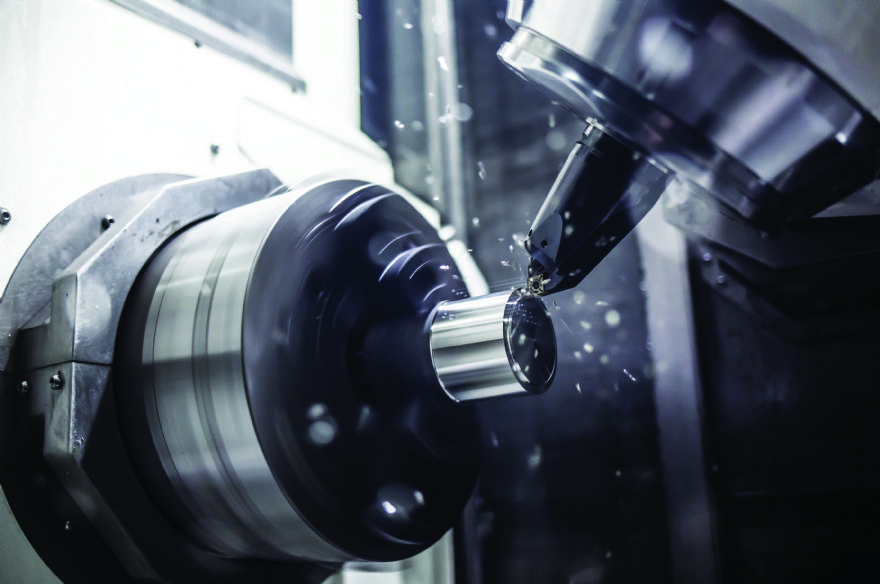
The operating environment faced by UK manufacturers remained challenging in September, as a quiet domestic market and lower intakes of new export business beared down on production volumes and total new order intakes. The seasonally adjusted
S&P Global UK Manufacturing Purchasing Managers’ Index (PMI) fell to a five-month low of 46.2 in September, down from 47.0 in August, to remain below the neutral 50.0 mark for the 12th consecutive month. Four of the five PMI components (output, new orders, employment and stocks of purchases) were at levels consistent with a worsening of operating conditions.
Manufacturing production fell for the 11th successive month in September, with the rate of contraction the fastest since March. The effects of the downturn were widespread, with the consumer, intermediate and investment goods sectors all seeing output fall at solid rates. Manufacturers
reported that production had been scaled back in response to lower intakes of new business, with demand from both domestic and export markets weak.
New order intakes subsequently fell for the 12th month in a row, and to one of the greatest extents during the past two years. The worsening of current market conditions was linked to subdued client confidence, US tariff uncertainty and the consequences of a high-cost backdrop (especially for energy and staff). There were also reports that automotive supply chains were being disrupted following production shutdowns at Jaguar Land Rover (JLR).
In addition, September saw a further marked decrease in new export business. New orders from overseas customers fell at one of the quickest rates in over two years. There were reports of weaker order intakes from the USA, the European Union (EU), the Middle East and Asia.
Geo-political uncertaintyThe current challenging operating environment filtered through to manufacturers’ confidence in September, with optimism about the outlook in the year ahead remaining relatively subdued overall. On the positive side, a number of firms reported hopes for a revival in market conditions, successful new product launches and the current lean state of inventories to support production growth in the year ahead. In contrast, there were concerns about lacklustre client confidence, Government policy and ongoing geo-political uncertaintly.
Rob Dobson, director at S&P Global Market Intelligence, said: “The final Manufacturing PMI results provide further worrying news for the health of UK industry. Manufacturers are facing increasingly challenging conditions, with intakes of new business and levels of production hit by weak market sentiment, a dearth of new export work and a high-cost environment exacerbated by tax and labour cost rises. In addition, companies entwined into the automotive supply chain are also facing a temporary hit to activity following the cyber-attack on JLR.
“The current tough operating environment is also seeping through to business confidence and leading to an increased focus on cost cutting. Confidence about the next 12 months remains at a relatively subdued level, job losses have been recorded in each of the past 11 months, and a further cut in purchasing activity is symptomatic of a focus on trimming non-essential spending.”
He concluded: “There is some better news, however, as a number of firms noted that lean inventories, combined with hopes that market and globe trade uncertainties could subside, may boost production volumes. There are also signs that, while costs are still high overall, the pace at which they are increasing is slowing. This could provide some wiggle room for interest rate cuts to support growth and help offset any higher taxes announced in November’s Budget.”